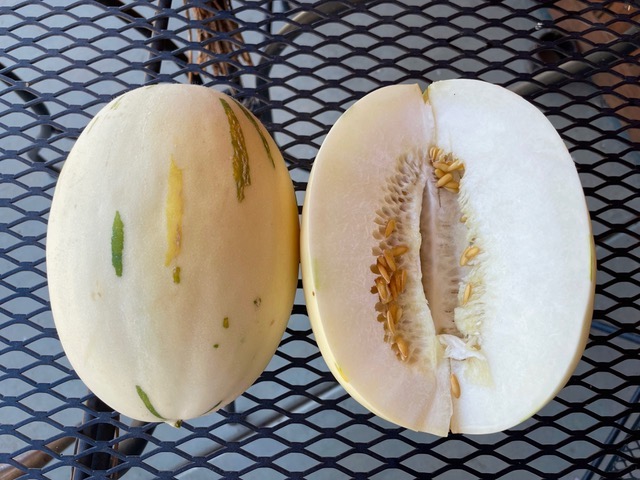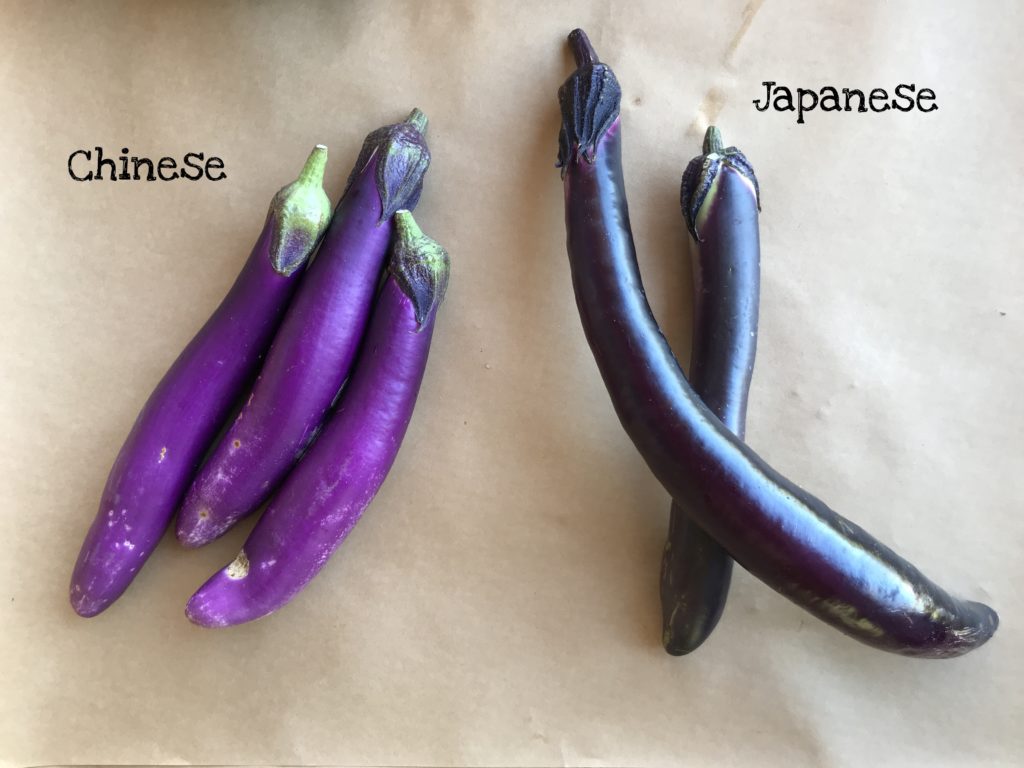We grow many varieties of greens when we can. The summer is too hot but we grow greens during the cool seasons (winter, spring, and fall). Storage for bunched greens is fairly similar across the board- store them in your refrigerator, unwashed, and eat them as soon as possible to get all of their amazing nutritional benefits.
We grow hearty greens (like chard, collards, kale) and tender greens (like arugula, mizuna, and spinach).
We have separate pages with more information about those varieties and recipe ideas for hearty greens here and tender greens here.




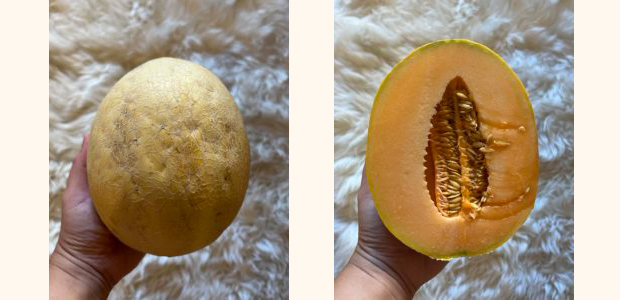
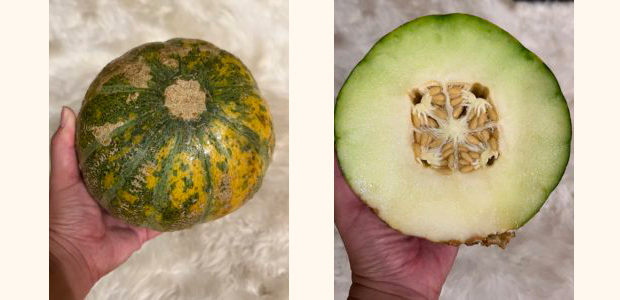
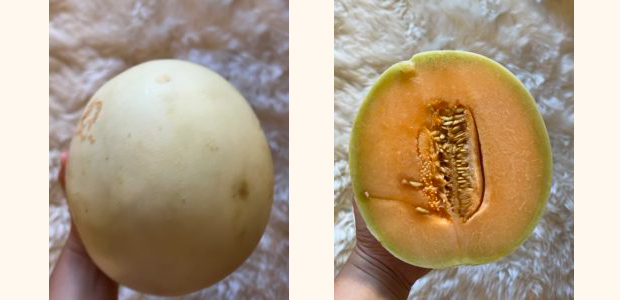 Korean: Yellow on the outside and white on the inside, like a canary melon, but with a firmer, crunchy texture, and they tend to be less sweet.
Korean: Yellow on the outside and white on the inside, like a canary melon, but with a firmer, crunchy texture, and they tend to be less sweet. 


